Additional Winter Guidance
- Most bonsai, although hardy, do appreciate protection from the worst of the winter weather, frost and drying winter winds, with mid-November through to February being the worst period. A protected spot in the garden, cold frame, cold greenhouse or unheated porch can be used for winter storage but take care not to overprotect.
- Only bring tropical trees into the house and then not into hot, centrally heated rooms, nor on window sills behind curtains where the temperatures can drop to almost outside temperatures. Ficus, jade, serissa and myrtle all suitable for bonsai training for indoor trees, they will not survive even light frosts outside.
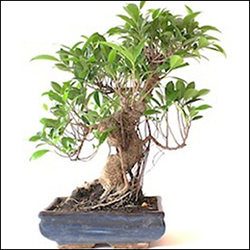

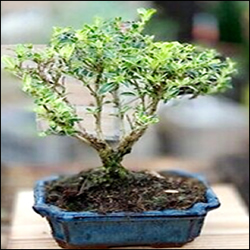
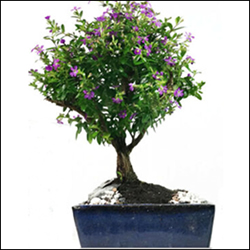
- All bonsai need a dormant period to survive. During the winter, trees go into a period of dormancy - that is essential to their health next year; do not overprotect. In nature, trees are often subjected to temperatures of -10 degrees and lower. These trees’ deepest roots are too far underground to freeze. However, the situation is different for bonsai, where they are in shallow pots that freeze easily. When we see that the soil in our bonsai pots is frozen in winter, it is easy to think that the tree itself is frozen. In fact, it is the water in the soil that is frozen, not the soil and, importantly, nor the roots of the bonsai itself. If the roots of the bonsai were to freeze, it would be fatal.
- When in dormancy, and should there be an unseasonably warm spell, be careful not to let your trees get confused and think winter is over thereby starting to come out of dormancy. Imagine the nasty shock when it gets cold again and the trees have started to bud: the buds will die off. Keep them protected until it really is spring.
- The top growth of trees in nature is subject to the full force of winter and is able to withstand temperatures far lower than the root system ever could. Damage to top growth only occurs when the temperature rises during the day while the water in the ground or pot is still frozen. This can often arise in greenhouses where there are large fluctuations in temperature between day and night. As temperatures rise, the leaves start to transpire but the roots are unable to take in replacement water from the frozen soil, causing the top growth to dry out, resulting in dieback. This problem can also be aggravated by wind, which also results in moisture loss from leaves and shoots.
- Winter winds combined with temperatures below -5°C will freeze-dry almost any bonsai. This is the biggest enemy. Wind-blown trees in the wild become bent to the direction of the prevailing wind. Trees in small bonsai pots get blown over and broken or at best get damage and lost leaves.
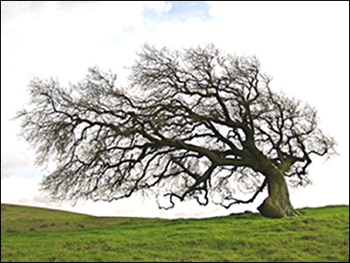
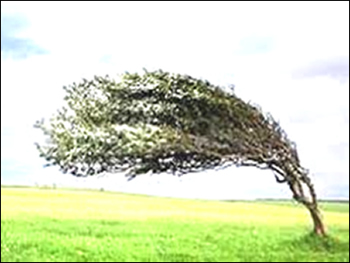
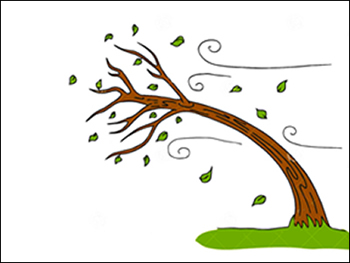
- Dormant deciduous trees have no leaves and do not need light until they start growing.
- Dormant evergreens do not need much light as long as the temperature does not rise above 5°C for very long. Evergreens stored in the dark at temperatures around or below freezing (0°C) will survive the winter nicely.

In conclusion -
Do bear in mind that the climate can vary annually in terms of the seasons, so it is important that seasonal care and maintenance caters for this.
Web design: nysys